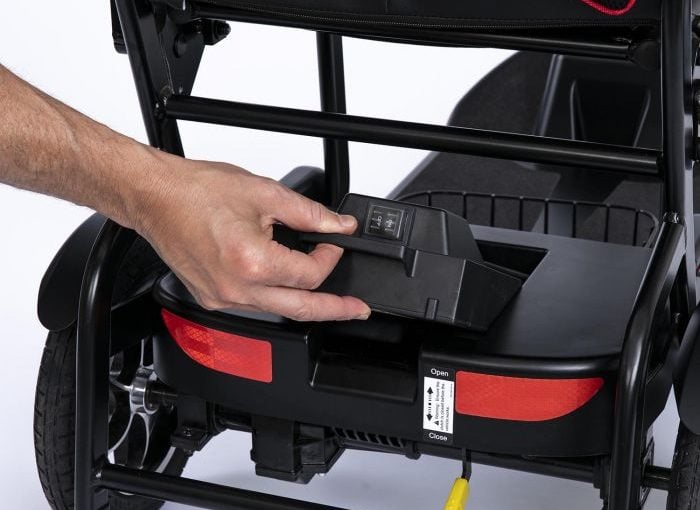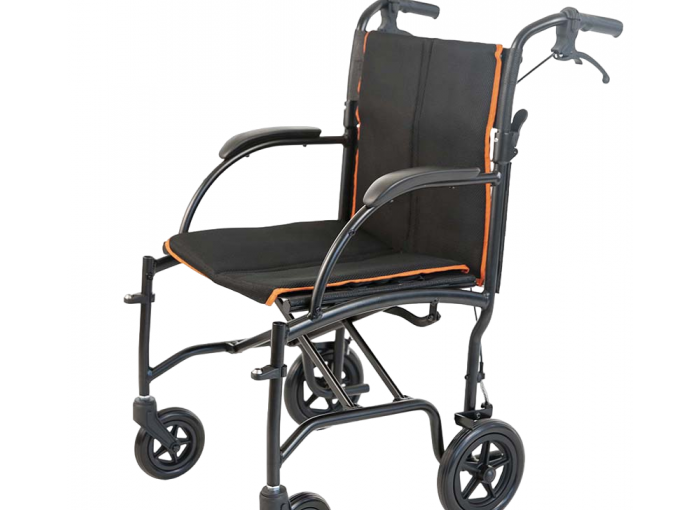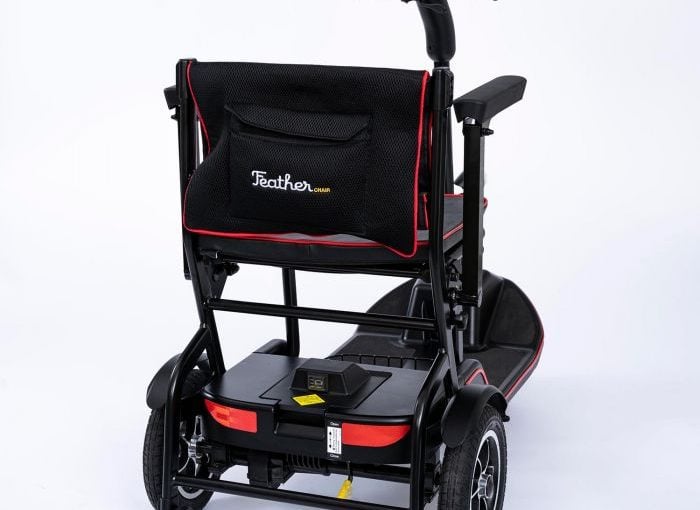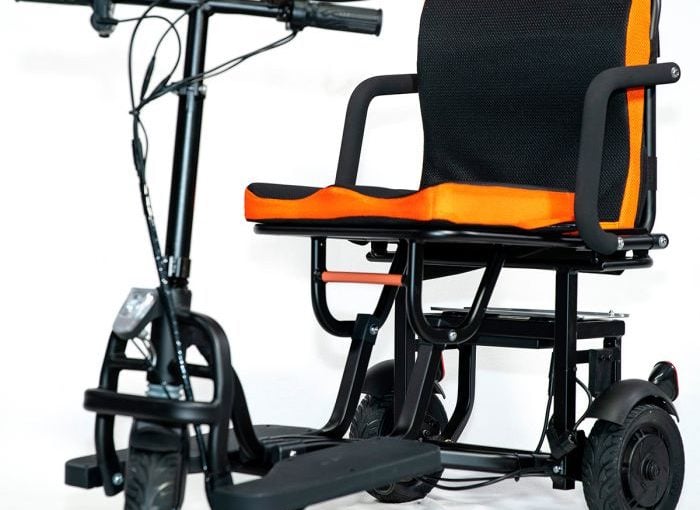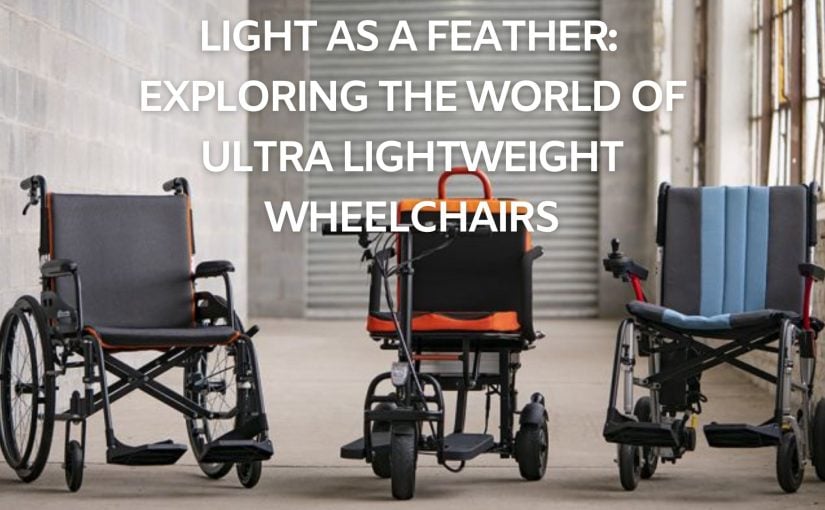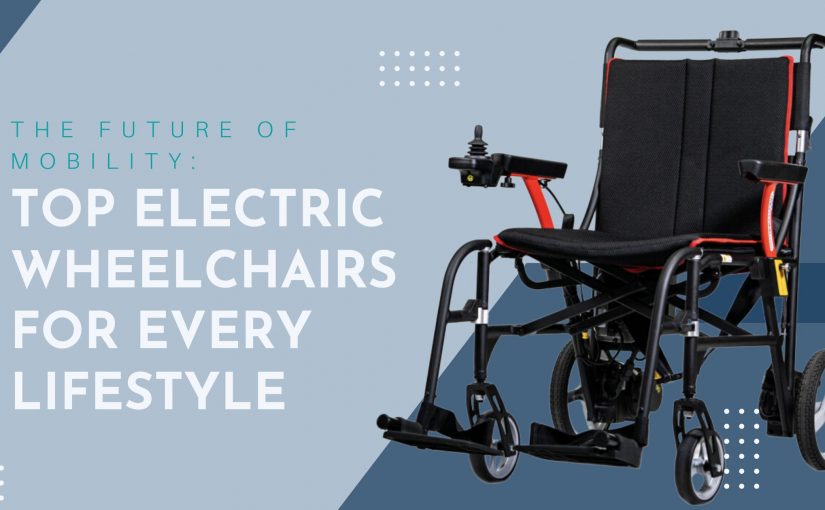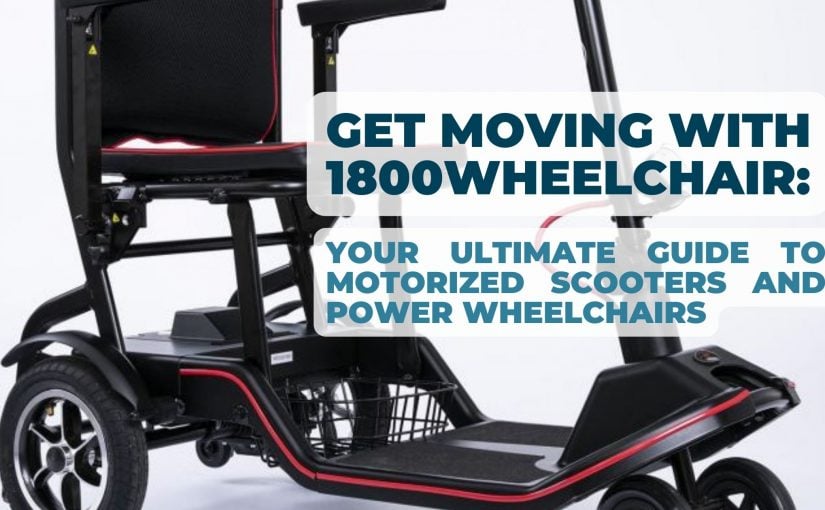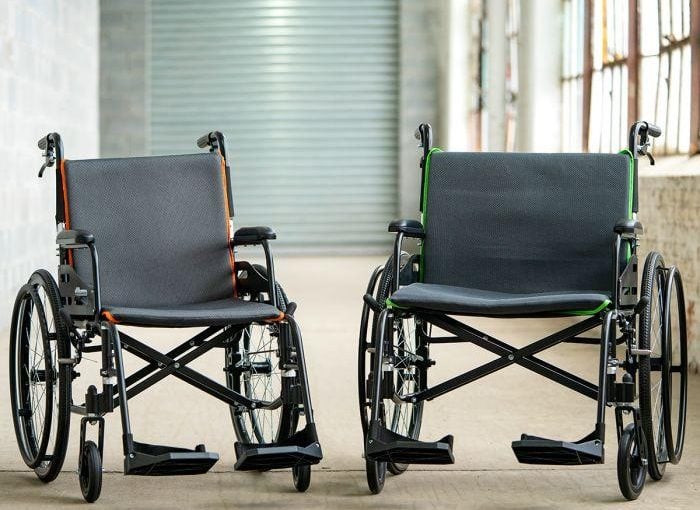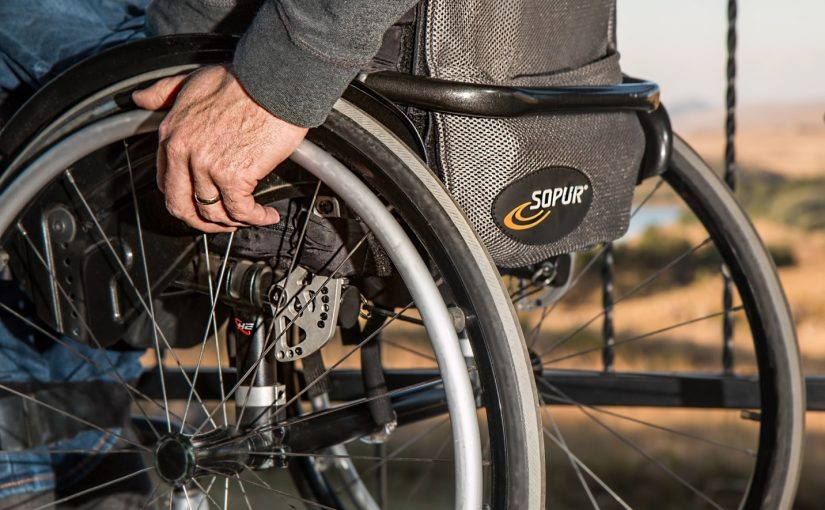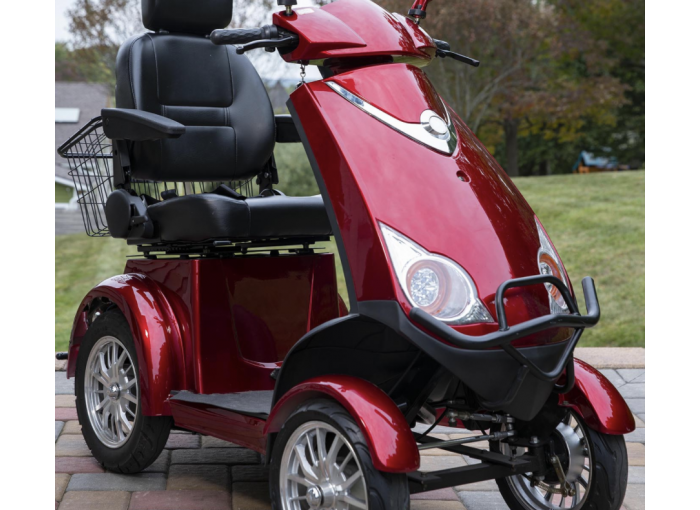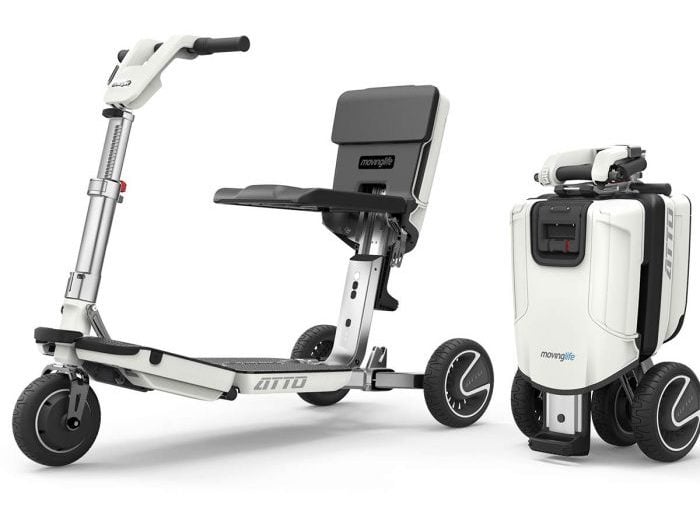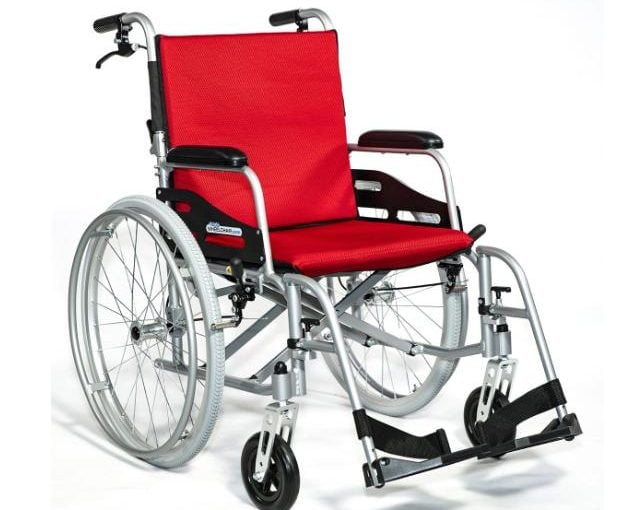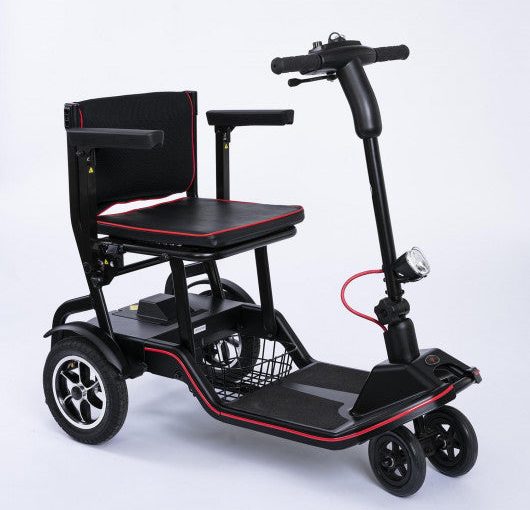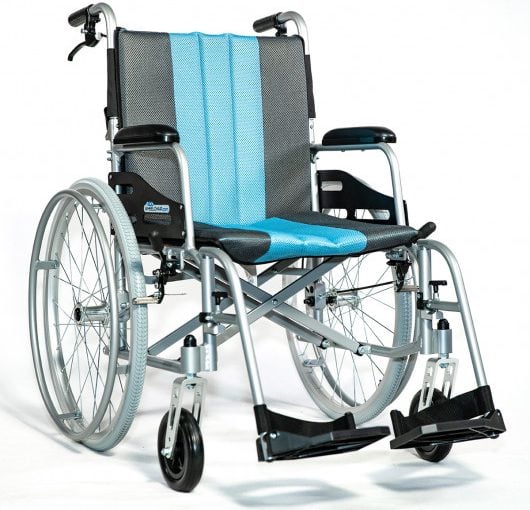Continue reading Power on the Go: Exploring Battery-Operated Scooters
Category: Wheelchair
The Pros and Cons of Featherweight Manual Wheelchairs
Unveiling the World of Featherweight Manual Wheelchairs
Featherweight manual wheelchairs represent the latest revolution in mobility, offering an innovative solution for those seeking independence and control in their everyday lives. With manufacturers like 1800wheelchair, we see an industry continually pushing the boundaries of design and engineering. These wheelchairs have changed the game, allowing for freedom of movement in a manner never seen before. But with any advancement, it’s important to weigh the benefits against the potential downsides.
Continue reading The Pros and Cons of Featherweight Manual Wheelchairs
Why the Featherweight Scooter is the Lightest Electric Scooter Out There
Introduction: The Rise of the Featherweight Scooter
The Mobility Revolution: An Overview of Electric Scooters
Electric scooters have taken the mobility world by storm, offering a blend of speed, accessibility, and efficiency. Whether it’s the ultra lightweight mobility scooter for a quick ride around town, the best portable scooter for elderly enhancing independence for our older generation, or the foldable motorized scooter providing easy storage and portability, there’s an option to suit everyone’s needs. The ability to choose a scooter that fits perfectly into your lifestyle has been a game-changer, making travel easier and more enjoyable for many people. And as we will discuss, the Featherweight Scooter is leading the pack in terms of innovation and functionality.
Continue reading Why the Featherweight Scooter is the Lightest Electric Scooter Out There
EzFold Scooter: A Comprehensive Review of This Lightweight Electric Scooter
Introduction
Electric scooters are revolutionizing the world of personal mobility. The EzFold Scooter, a standout in the lightweight electric scooter category, particularly caught our eye. As an ultra lightweight mobility scooter, it aims to bring freedom and convenience to everyone. It caters to a diverse demographic, accommodating a range of mobility needs. Like narrow lightweight wheelchairs, it’s designed to enhance independence.
Continue reading EzFold Scooter: A Comprehensive Review of This Lightweight Electric Scooter
Moving with Ease: An In-depth Look at Manual and Electric Wheelchairs
Continue reading Moving with Ease: An In-depth Look at Manual and Electric Wheelchairs
Light as a Feather: Exploring the World of Ultra Lightweight Wheelchairs
Continue reading Light as a Feather: Exploring the World of Ultra Lightweight Wheelchairs
The Future of Mobility: Top Electric Wheelchairs for Every Lifestyle
Continue reading The Future of Mobility: Top Electric Wheelchairs for Every Lifestyle
Get Moving with 1800wheelchair: Your Ultimate Guide to Motorized Scooters and Power Wheelchairs
The Best Featherweight Wheelchair Collection by 1800Wheelchair
Continue reading The Best Featherweight Wheelchair Collection by 1800Wheelchair
The Best Heavy Duty and Bariatric Wheelchairs
Continue reading The Best Heavy Duty and Bariatric Wheelchairs
Lightweight Power Wheelchairs: Benefits, Buying Tips, Cost Factors and More
Continue reading Lightweight Power Wheelchairs: Benefits, Buying Tips, Cost Factors and More
Consider the Benefits of a Lightweight Mobility Scooter
Continue reading Consider the Benefits of a Lightweight Mobility Scooter
Looking Beyond the Horizon: Ultralight Wheelchairs Setting The New Standard
Continue reading Looking Beyond the Horizon: Ultralight Wheelchairs Setting The New Standard
Electric Wheelchairs vs. Mobility Scooters: What is the Right Choice for You?
Continue reading Electric Wheelchairs vs. Mobility Scooters: What is the Right Choice for You?
Simple Mobility and Lightweight Wheelchair Solution
Continue reading Simple Mobility and Lightweight Wheelchair Solution
